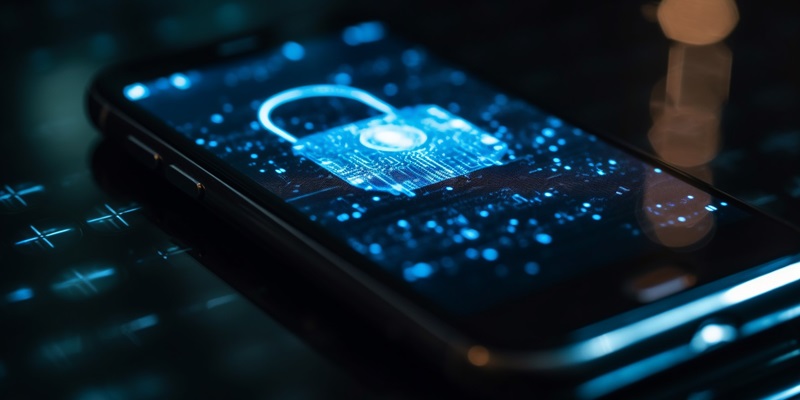The digital landscape is ever-evolving, and with it, the techniques cybercriminals employ to ensnare unsuspecting victims. As tech enthusiasts flock to the latest features and devices, scammers see a ripe opportunity for exploitation. Recently, a nefarious new phishing scheme surfaced on Weibo, exploiting iPhone users’ fascination with the cutting-edge Dynamic Island feature. Cybercriminal investigator Zhong Wenzhe sounded the alarm, detailing how scammers entice iPhone owners with the guise of a paid task involving the device’s screenshot feature. Unwitting users are coaxed into signing in with an Apple ID provided by the scammers, under the pretense of verifying their device’s authenticity. The trap snaps shut the moment the login occurs, as scammers lock the devices remotely and demand a ransom—specifically, 500 yuan is requested to relinquish control back to the user.
The Lure of Easy Money and the Trap
Seemingly, everyone is looking for a quick buck, and this inherent desire has laid the groundwork for the latest scam on Weibo. The con artists cleverly appeal to the eagerness of iPhone users to utilize the Dynamic Island feature, by presenting them with a so-called ‘paid screenshotting task.’ The phony operation requires users to log into an Apple ID, claiming this step will verify their ownership of an iPhone. In reality, this is where the phishing attack takes hold. As soon as the user enters their credentials, the scammer can remotely lock the iPhone. It’s a classic bait-and-switch, leaving the user not only unable to use their phone but also faced with an extortionate demand.
A Community Rattled and Apple’s Response
As more users fell prey to this scam, a surge in victim reports sent ripples through the community and prompted a spike in calls to Apple customer service. To mitigate the chaos, Apple has expressly warned users about this scam, reinforcing the critical message that logging into unknown Apple IDs is an absolute no-go. The tech giant urges those affected to contact Apple customer service promptly, armed with proof of purchase to regain control over their devices. In addition, Apple recommends providing evidence of extortion, such as the scammer’s messages, which significantly buttresses the user’s case.
Battling the Phishing Epidemic
With the increasing number of individuals ensnared by this deceptive scheme, the community has felt shockwaves with a rising tide of victim reports. This development triggered an upsurge in contacts to Apple’s customer service for assistance. In response, Apple has taken a clear stance, alerting its user base to the hazards associated with unrecognized Apple IDs, emphasizing the importance of avoiding login attempts into such accounts. The corporation is actively encouraging those who have been targeted to promptly reach out to their customer support team, making sure to bring their proof of purchase, which is essential in regaining access to their compromised devices. Furthermore, Apple advises that evidence of the scam, including any correspondence from the scammer, should be presented, as this can greatly strengthen the customer’s claim. This vigilant approach aims to quell the chaos unleashed by the scam and protect users from these digital predators.

